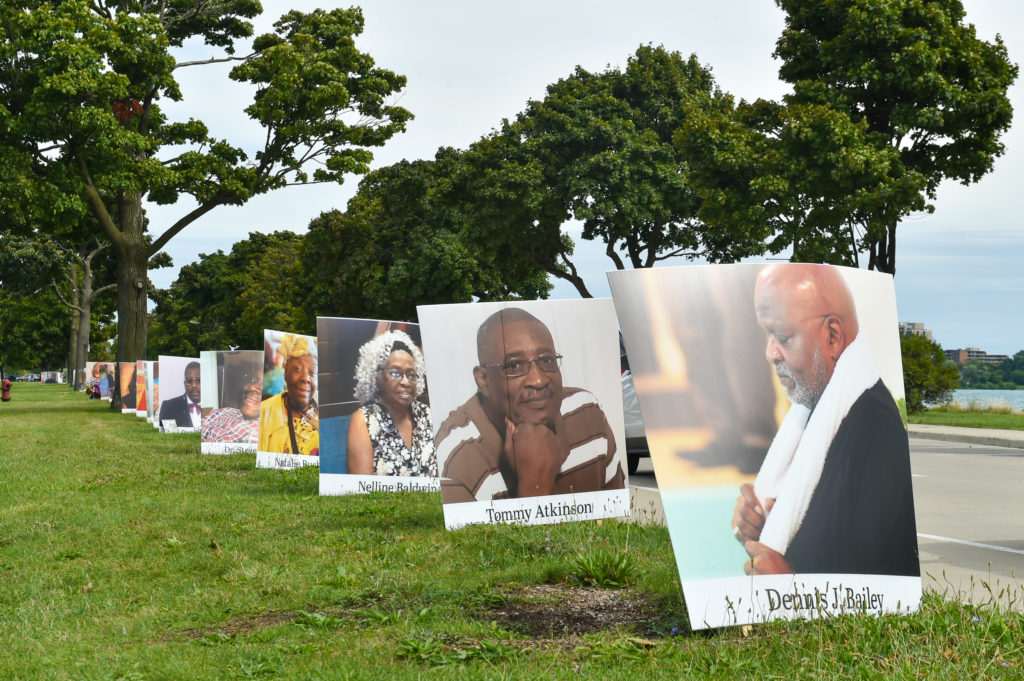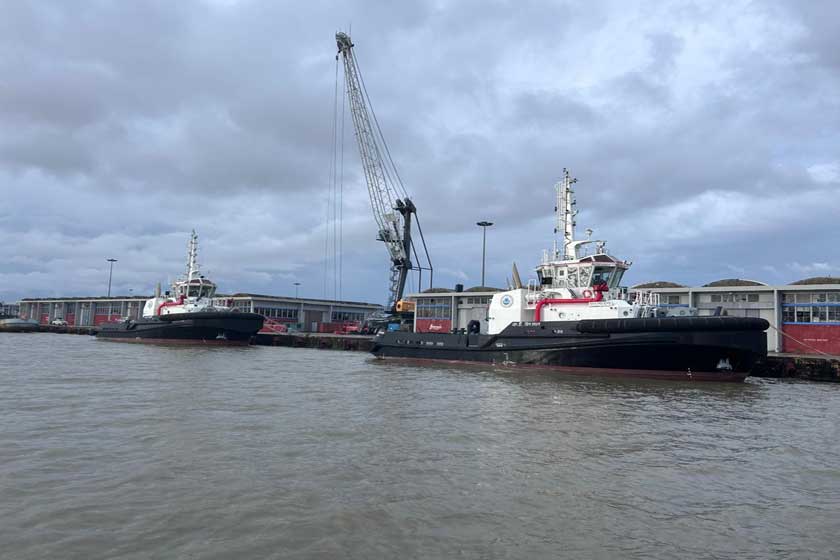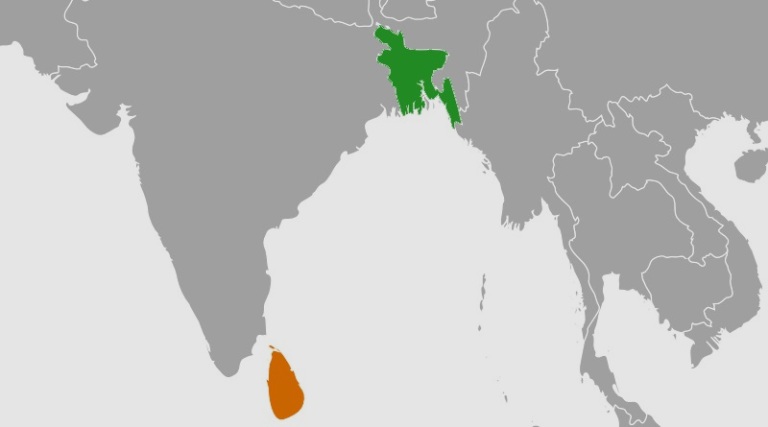
In California, a woman has created a personal memorial, hanging garlands of paper hearts on a walnut tree on her farm, one for each victim in the state
Emily Dickinson knew the score when she wrote that “after great pain, a formal feeling comes.”
Already, after a year of a global pandemic in which 2.5 million people around the world and more than 22,000 in Canada have died, minds are turning to finding ways to commemorate the lost, the grief, the sorrow, the trials.
Being forgotten is among the greatest fears of humankind. Knowing that deaths have been recognized, that they meant something, is among the biggest consolations to survivors.
“Memory is the treasury and guardian of all things,” Cicero noted.
From the earliest scratches in cave walls, to “Kilroy was here,” to the freed convicts in the film Shawshank Redemption etching their names in the crown mouldings of their hotel room, we wish to leave our mark.
Loss of memory as individuals means loss of identity. Loss of memory to society signifies loss of meaning.
And though we know — perhaps because we know — that the levelling winds of time will ultimately erase all sign of our passage, we commemorate, we memorialize.
“Since the great wars of the 20th century, there is a sentence we often invoke,” Prime Minister Justin Trudeau told the Commons last week.
“And it’s a sentence that we can bring back for those that we lost this year during the pandemic: We will remember them.”
In Canada, March 11 is now a national day of observance in honour of those stolen by COVID-19, but more formal memorials will be necessary to mark something as enormously painful and costly as the coronavirus pandemic has been.
Many media outlets, including the Star, have made a considerable effort through this last year in telling the stories of those lost.
In Canada, there are memorials to, among other great losses, refugees from the Irish Famine in the mid-19th century, to victims of the 1985 bombing of Air India Flight 182 that killed all 329 passengers on board, most of them Canadians, to victims in a Swissair crash off the coast of Nova Scotia.
Almost all such sites — from war memorials to other locations of great loss such as European memorials to the Holocaust, to the Canadian National Vimy Memorial in France, to memorials to 9/11 in New York City and the Oklahoma City bombing — have a cathedral-like hush and sense of the sacred, inspiring silence, reflection, grief.
The impulse to honour, to memorialize spans time and cultures. It seems to rise particularly in cases of great magnitude, where the story of loss is inevitably told in numbers and case counts — usually diminishing in impact even as they rise.
In recent times, particularly with constraints on public gatherings, that deep human impulse has found new modes of expression.
There are virtual vigils streamed online, websites that collect names and photos, video projections onto walls and buildings, the recitation of names of the dead.
In California, a woman has created a personal memorial, hanging garlands of paper hearts on a walnut tree on her farm, one for each victim in the state. An artist in Washington, D.C., created an installation of small white flags on an armoury parade ground for each life lost.
“It’s not just a statistic,” Suzanne Brennan Firstenberg told PBS. “I know that every single one of those lives lost was precious to someone.”
Ontario Premier Doug Ford has called the pandemic “one of the grimmest chapters in modern health history,” but also one that inspired “incredible acts of kindness, compassion and generosity” from front-line health-care workers, essential workers and volunteers.
It’s likely that the eventual galvanizing theme of a memorial to COVID-19 victims, nationally or in Ontario, can be found in those observations.
The site or installation should surely also honour the heroes of health care, science and medicine who treated the victims under hellish circumstances and strove to develop vaccines.
Likewise, too, it might honour those of ordinary rank and status who kept systems running with minimal fuss, modest compensation and at considerable risk to themselves.
The most compelling argument for a public memorial is that what we remember, we generally tend to.
Memorialization is frequently a catalyst for addressing wrongs or repairing what has not worked. And the pandemic has revealed a great deal that needs to be done in that regard.
As a process, commemoration satisfies both the desire to honour those lost or who suffered most and as a way of examining past wrongs and contemporary demands.
Throughout history, it’s been said, whoever controlled memory held power. And memorials are a public archive of feeling that often directs that power.
By illuminating memories recovery can be promoted, along with the comforting sense that what has happened was not in vain.
It’s a safe bet that the seeds of art in the name of memory, in the service of a better world are already somewhere planted.
...........By Toronto Star Editorial board












0 Comments